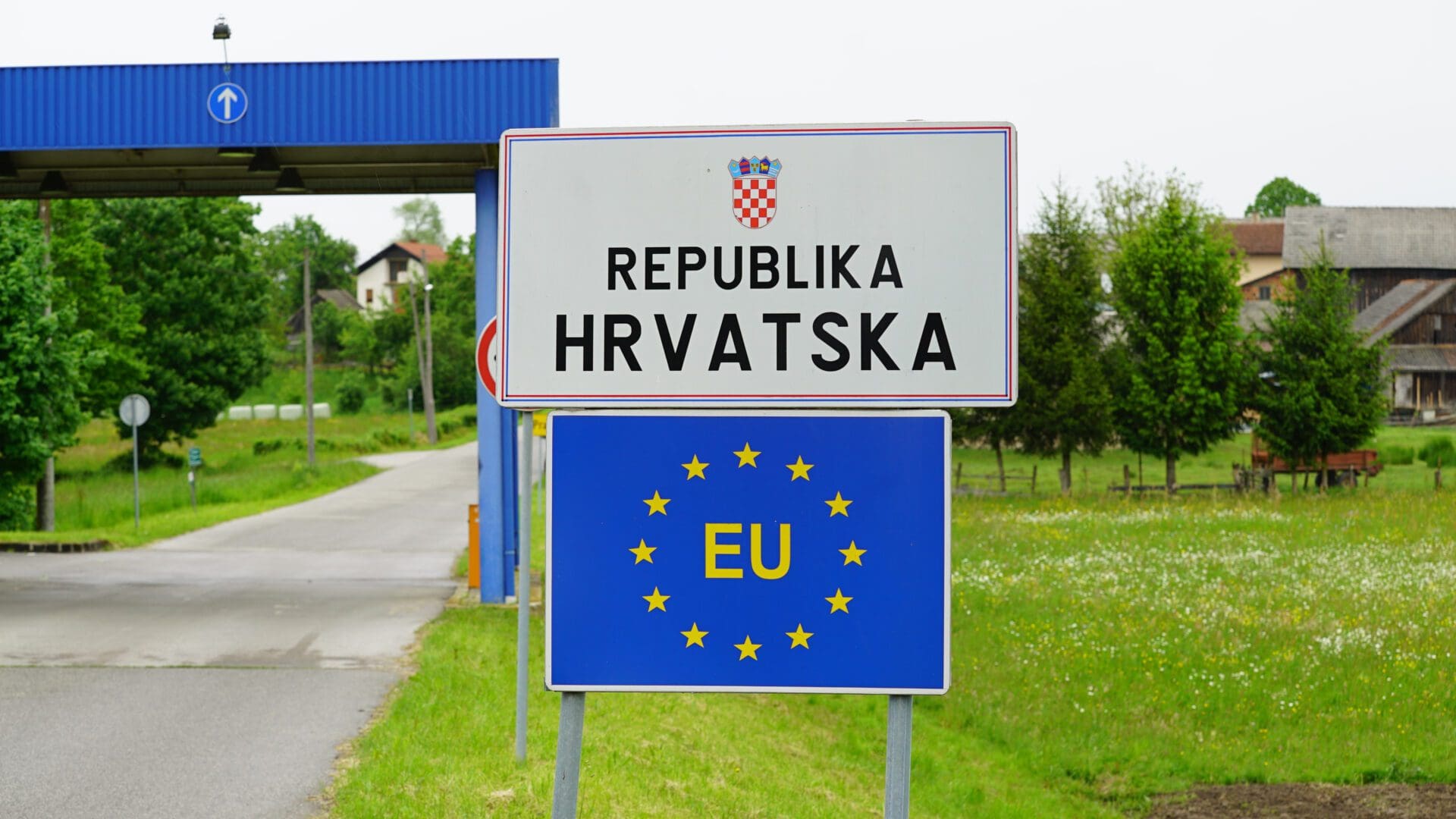The new year brought significant changes to Hungary’s southern neighbour, Croatia. The country has not only joined the Euro Zone abandoning its national currency, the Kuna, but it has also joined the Schengen Zone nine years after its accession to the European Union in 2013. Croatia, which is a popular tourist destination, is expected to greatly benefit from both free travel and the use of the European currency. Budapest, and Hungarian lovers of Croatia’s beaches, can only welcome that on 1 January 2023, controls were lifted on all 73 border crossing points at the Croatian-Hungarian and Croatian-Slovenian borders.
Overall, last year tourism accounted for 20 per cent of Croatia’s GDP. In the first 8 months of 2022 14 million tourists visited Croatia, spending over 87 million nights in the country. 530 thousand of these tourists were Hungarian, who spent over 2.7 million nights in the country. Compared to 2021, there was a 27 per cent increase in the number of Hungarian tourists to Croatia and a 19 per cent increase in the number of nights spent. Overall, that makes Hungary the 6th largest source country of tourism to Croatia (after Germany, Slovenia, Austria and Poland). Given the large number of Hungarian visitors, Croatia’s accession to the Schengen Zone is obviously great news for Hungarians. While there used to be long wait time of up to two or even three hours at Hungary’s south-western border with Croatia during the summer, with the arrival of the new year, border checks at the Croatian-Hungarian border are now the story of the past.
🇭🇷👏 From today Croatia joins the euro area and the border-free Schengen area.
— EU Council (@EUCouncil) January 1, 2023
Congratulations Croatia!
Čestitke Hrvatskoj!#schengen #euro pic.twitter.com/REtebUtowA
While Croatia’s accession to the passport-free travel zone is a much welcome step in Hungary, the failure to approve Romania’s accession to the Schengen Zone is viewed with disappointment in Budapest. Austria’s veto, which led to the rejection of Romania’s entry harms Hungarian families on both sides of the Romanian-Hungarian border. Romania is home to a sizeable Hungarian minority, and as long as border checks are in place, the maintaining of family connections, friendships and cultural connections is more difficult.
Budapest also disapproves of the denial of entry to the Schengen Area to Romania and Bulgarian because it further contributed to the creation of a multi-speed (or two-speed) Europe. Only 22 of 27 EU member states are part of the Schengen Area, and the geographical, East-West divide between the more affluent and more integrated and the less prosperous and less integrated parts of the EU is strikingly clear. Such a divide, which was further aggravated by the refusal to allow Romania and Bulgaria into the passport-free area,
strengthens the feeling of people living in the Eastern part of the Union that they are second-class citizens.
On a happier note let us note that with the introduction of the Euro in Croatia, some of the new Euro coins got a new design featuring the map of Croatia, as well as the famous inventor, Nikola Tesla. The Euro was widely used in Croatia even before 1 January. 80 per cent of bank deposits were made in Euros, and many restaurants have been accepting Euros for quite some time. To ease the transition between the two currencies, since September 2022 shops have been displaying prices in both Euros and the local currency. The last day when payments in kuna will be accepted in shops is 15 January, after that payments can only be made in Euros. The currency change seems to have come at the right time for Croatia—while in November the inflation rate of the kuna was around 13.5 per cent, the inflation in Euro Zone countries is slightly lower, around 10 per cent. Furthermore, as the rise in prices made consumers more attentive to the prices of goods, due to the increased price-awareness shops are unable to use the swich between currencies as an opportunity to overprice their goods.
Croatia declared its independence from Yugoslavia in 1991 and fought a war of independence against Belgrade in which 20,000 were killed. After Slovenia (which joined the EU in 2004) Croatia was the second ex-Yugoslav country to join the European Union in 2013. Other former Yugoslav member states (Serbia, Bosnia Herzegovina, Montenegro, Kosovo and North Macedonia) are in various stages of the EU accession negotiations.
Hungary and Croatia are not only neighbouring countries, but they share a 900-year-old common heritage
that dates back to 1102, the coronation of Coloman, King of Hungary, which established the Hungarian-Croatian personal union. Even today, Croatia is home to a small Hungarian minority of around 15,000 people, who make up 0.33 per cent of the country’s population.








